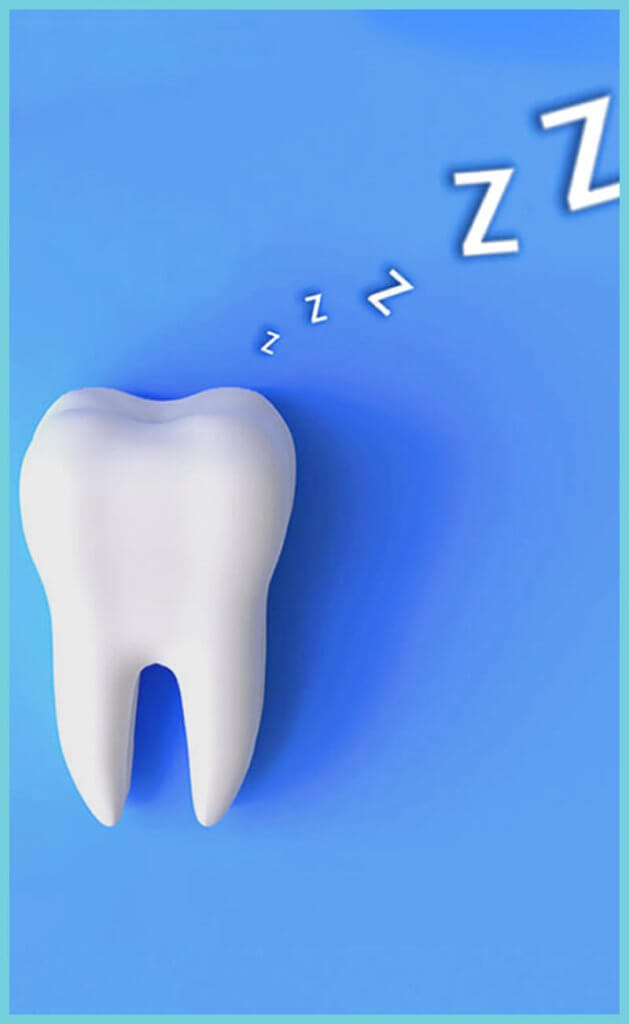Ever fantasized about having dental treatment while you are asleep? Getting comfortable in the chair to have some rest, and waking up with a new smile? This is no longer a dream, if you choose to have general anesthesia during your treatment.
Thanks to the rapid improvement of techniques and equipment used in dentistry, painless dental treatments are no longer a dream. We at VitalEurope try to maintain a friendly and calm environment for our patients. But sometimes not even high-tech anesthetics can calm the patient, or make them stay still during treatment. This is when we recommend general anesthesia.
 Operation „Sleeping Beauty”
Operation „Sleeping Beauty”

It is very common to develop a fear of dentists, due to a childhood trauma. People with such phobia usually avoid dental treatments as long as they can. Most of the cases, they wait until the very end, procrastinating the visit, which means they have to face more serious treatments. We recommend general anesthesia to anyone having the same issues. Our primary goal is to make everyone realize that having dental treatment is not a horrific experience.

Others feel nauseated instantly when the dentist starts working in their mouth, making the treatment nigh impossible. General anesthesia puts this reflex to sleep, making the job of the dentist easier.
We also recommend considering general anesthesia for long, time consuming treatments. Multiple extractions, crown preparations, implant placements. These are all treatments that we can do while the patient is asleep. Even better, some treatments can be combined, so you can also save time.
How does it work?
The idea behind general anesthesia is that the patient has no idea whatsoever about what’s happening in the surgery. If you still want to know, here is the breakdown of the process.
First of all, we check whether the patient can have general anesthesia or not. Excluding reasons are: untreated diabetes, pregnancy, asthma, certain allergies, Cardio-Vascular problems, neurological or immune diseases. People with fever also cannot receive general anesthesia.

An oxygen-mask is placed over your nose, and you slowly drift away. While you are busy counting sheep, the anesthesiologist places tubes inside your nose, all the way down to the throat. We check your breathing parameters, connect you to the dispensing machine, and the dentist carries out the treatment.
Towards the end of the treatment, the drugs dissolves, and we stop the flow of the nitrous oxide, so you slowly regain your consciousness. Before you are fully awake, the anesthesiologist removes the tubes from your nose. The final step is you waking up, and leaving the surgery with a brand new healthy smile.